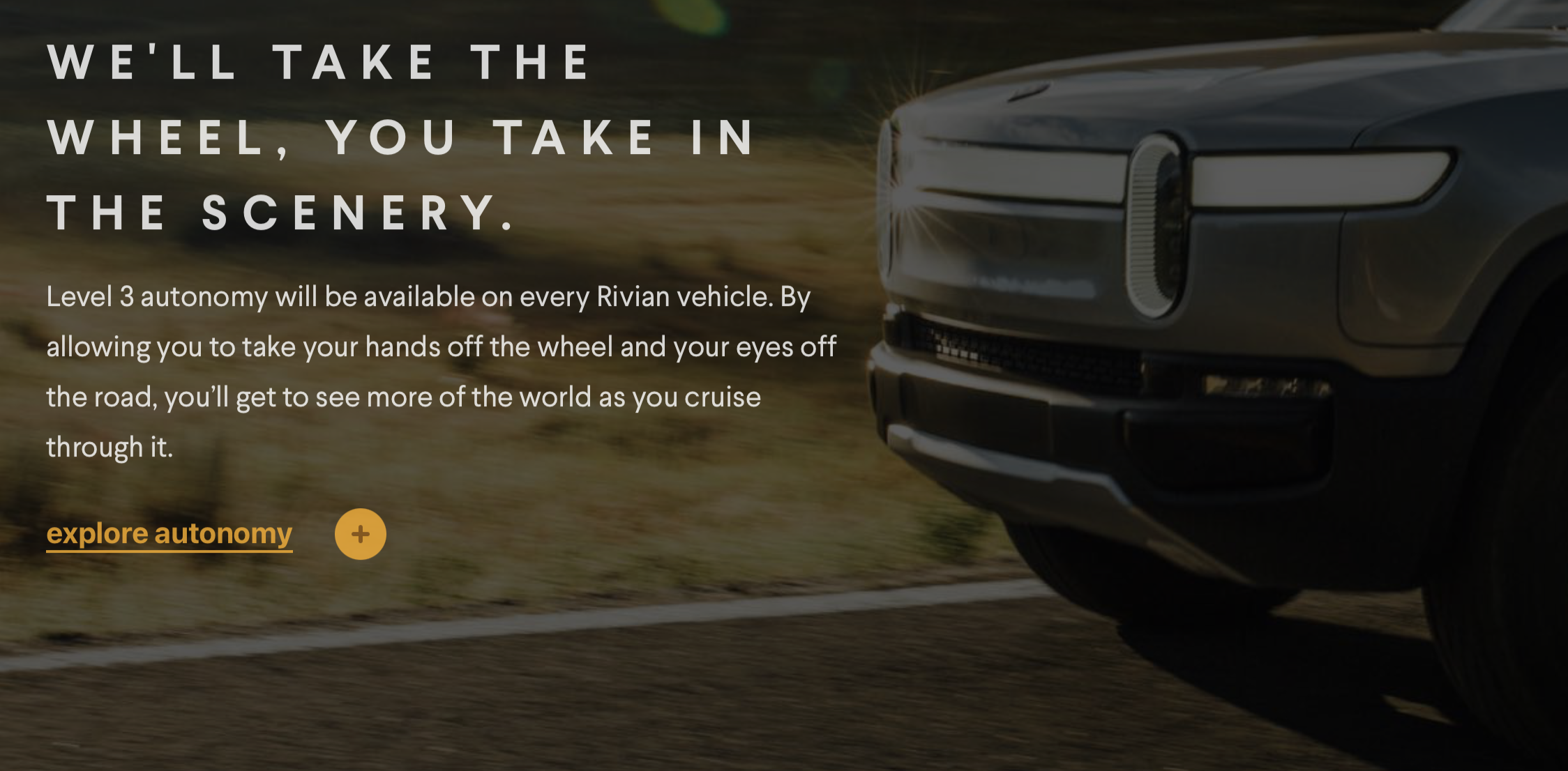Tesla Cybertruck and Rivian Show Why Promised Features Can Disappoint

PSA – If you’re buying a new vehicle, don’t ever buy it for what it might be able to do tomorrow. Buy it for what it can do today. That’s a lesson Tesla Cybertruck owners are learning the hard way, as Tesla just canceled the extended range battery option that was supposed to be available this year. Many early Cybertruck buyers were expecting longer road trips with the extended range pack, but now they’re left with a vehicle that simply won’t have the range they were promised.
But this isn’t just a Tesla thing. Rivian made similar promises with its first-generation R1 vehicles. Back in 2018, Rivian promised that the R1T and R1S would eventually get Level 3 autonomous driving capabilities. Level 3 means the vehicle would be able to drive itself under certain conditions without the driver needing to constantly monitor the road. But here we are, years later, and Rivian’s software has come a long way—but it’s nowhere close to Level 3 autonomy, maybe next year?

These examples are a good reminder of why you should never buy a product based on the promise of future features. Tech companies, including automakers, love to sell a vision of what their products will eventually become. But buying into that vision often means paying for promises that may never be kept.
If you’re buying a vehicle—or any tech product—ask yourself if you’d still be happy with it if it never improved beyond what it can do today. Would you still be okay with that Cybertruck without the extended range battery? Would you still be satisfied with your R1T without Level 3 driving? That’s the reality check most buyers should consider.
When you’re buying a car, it should be for what it does now, not for what it might do one day. Because as many have learned, promises can be canceled, delayed, or forgotten.

The Rivians lack of level 3 isn’t nearly as bad as the rescinded range extender for the cyber truck. I can still turn on the autopilot in my Gen 1 R1S and it’ll be fine on any highway or freeway – I just have to touch the steering wheel once a minute. Plenty of time to look around at the sights, take a drink or a bite of food, or respond to a message. My brother in law has the cyber truck and is furious they took away the range extender. Seems far more disappointing than the autopilot not being quite up to snuff yet.
Aren’t you the same author that wrote an article about how you shouldn’t waiting for NACS charger and just buy a Rivian instead of waiting 6 -12 months for the NACS change over? Wouldn’t it suck to buy a Rivian with a garbage CCS charger and then you have to deal with it for 7 more years when you could have just waited and got the new standard. It’s like buying a car that gets charged by a USB3.0 and everything around you is a USBC plug. Dang it where is the right adapter?!
The day that Rivian launches NACS does not mean that CCS suddenly goes away and becomes irrelevant. CCS is going to be around for decades to come until all charging infrastructure is changed over which won’t be overnight.
Haven’t you heard? Trump/Elon just secured a deal that finally lets Tesla drop the garbage NACS plug for CCS as a standard.
This is becoming a dangerous, anti-consumer trend and it has really shaken my faith in Rivian. I frankly thought they were better than this. Absolutely nothing has been said or done at this point that suggests Rivian is going to follow through on this for G1 owners. Tesla has done so much of this over the years it doesn’t even phase me to see.